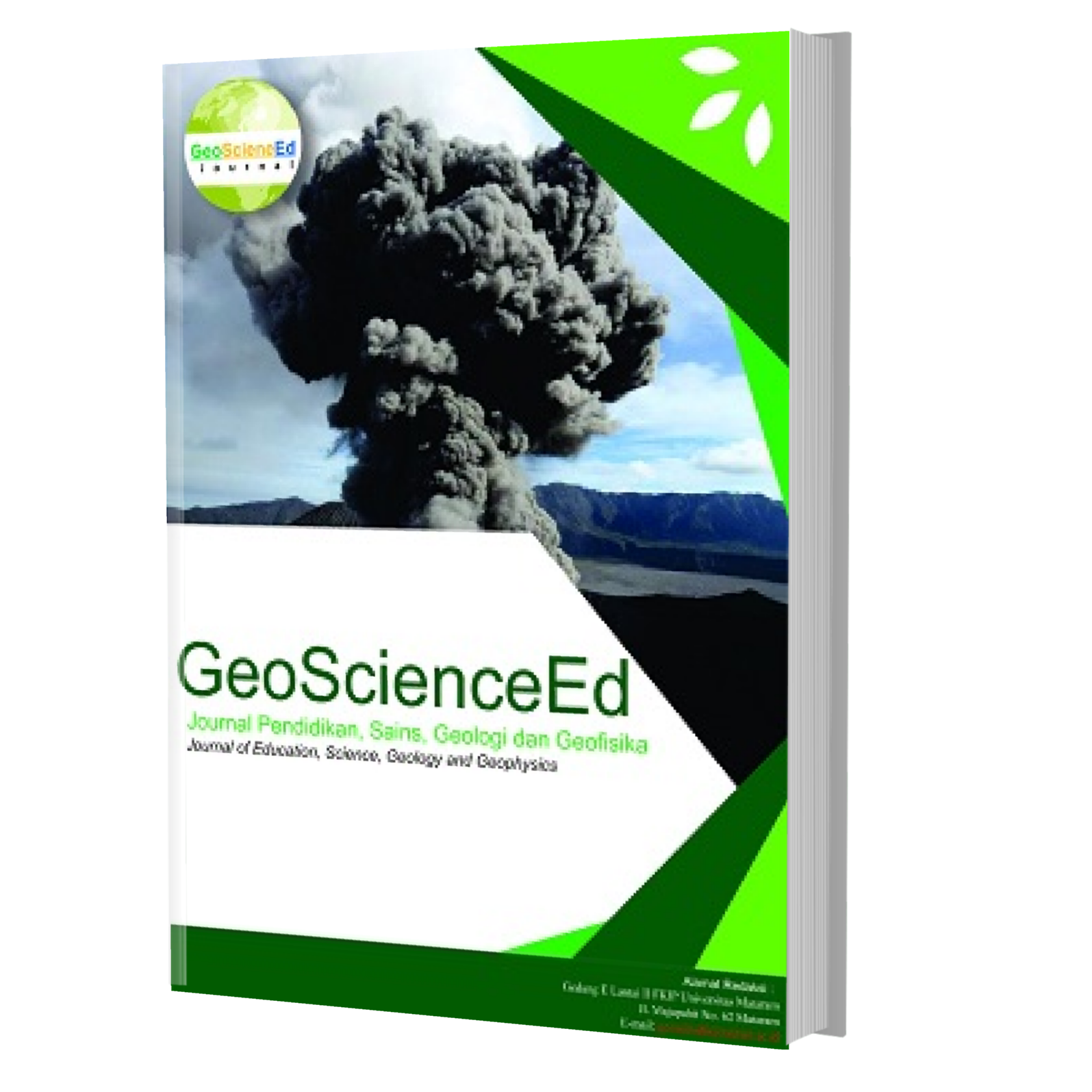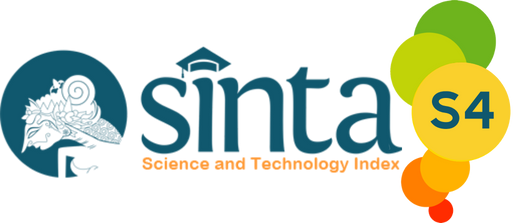Konsistensi Petunjuk Penggunaan Alat Peraga untuk Penentukan Luas Daerah Jajaran Genjang dan Luas Daerah Segitiga Bagi Siswa SD 6 Mataram
DOI:
https://doi.org/10.29303/goescienceedu.v2i1.90Keywords:
Consistent, Props, Instructions for use, genjang range area, triangleAbstract
The purpose of this study is to know the consistency and effectiveness of the instructions for the use of props to determine the area of the parallel ranks and the area of triangles for students of SD 6 Mataram. It is realized that the research was conducted during the COVID 19 pandemic, so that the media is designed to be a learning vedio that describes the use of props and operational guidelines narrated on the vedio. Based on the observations of 9 elementary school teachers as narrative practitioners of operational guidelines, it appears in accordance with the instructions for the use of such props. The subjects of this study were grade VI Mataram elementary school students as young as 3 grades. The evaluation results showed that the average score obtained from the three pairs of classes did not differ significantly at the level of significance of 5 % because it was obtained < ttabel = 2.0002. On the other hand, the completion obtained by students in each class in each region > 80%. This means that students are complete in learning about the area of genakang ranks and the area of triangle area with KKM = 70. On the other hand, the message is the same because the average score that each class gets for each region does not differ significantly. Thus the application of instructions for the use of props determines the formula of the area of the parallel range and the area of the triangle consistently and the use of effective props for students of SD 6 MataramReferences
Hudoyo, H. (2008). Pengembangan Kurikulum Matematika di depan Kelas, Usaha Nasional Surabaya.
Aisyah, N, dkk. (2007). Pengembangan Pembelajaran Matematika SD. Jakarta: Departemen Pendidikan Nasional.
Russefendi, E.T. (1996). Pendidikan Matematika III Modul 1-9, Depdikbud, Proyek Tenaga Kependidikan Jakarta.
Asra, A., Darmawan, D., Riana, C. (2007). Komputer dan Media Pembelajaran di SD. Dirjen Dikti Departemen Pendidikan Nasioanal. Jakarta.
Sarjana, K., Sridana, N., Turmuzi, M. (2018). Disain Media Peraga Dan Bantu Pembelajaran Geometri Bagi Siswa Sekolah Dasar Kelas Tinggi. Jurnal Ilmiah Profesi Pendidikan 3(2).
Sudjana, N. (1992). Dasar-Dasar Proses Belajar Mengajar. Bandung. Rosda Karya.
Slameto, S. (2003). Belajar dan Faktor-Faktor yang Mempengaruhinya. Jakarta. Renika Cipta.
Kardi, S., Momad, N. (2002). Pengajaran Langsung, Pusat Sains Matematika Sekolah Program Pasca Sarjana, Universitas Press.
Anton, D. (1990). Metode Statistik. Lembaga Penelitian dan Penerangan ekonomi dan social, Jln. S Parman. Jakarta Barat.










